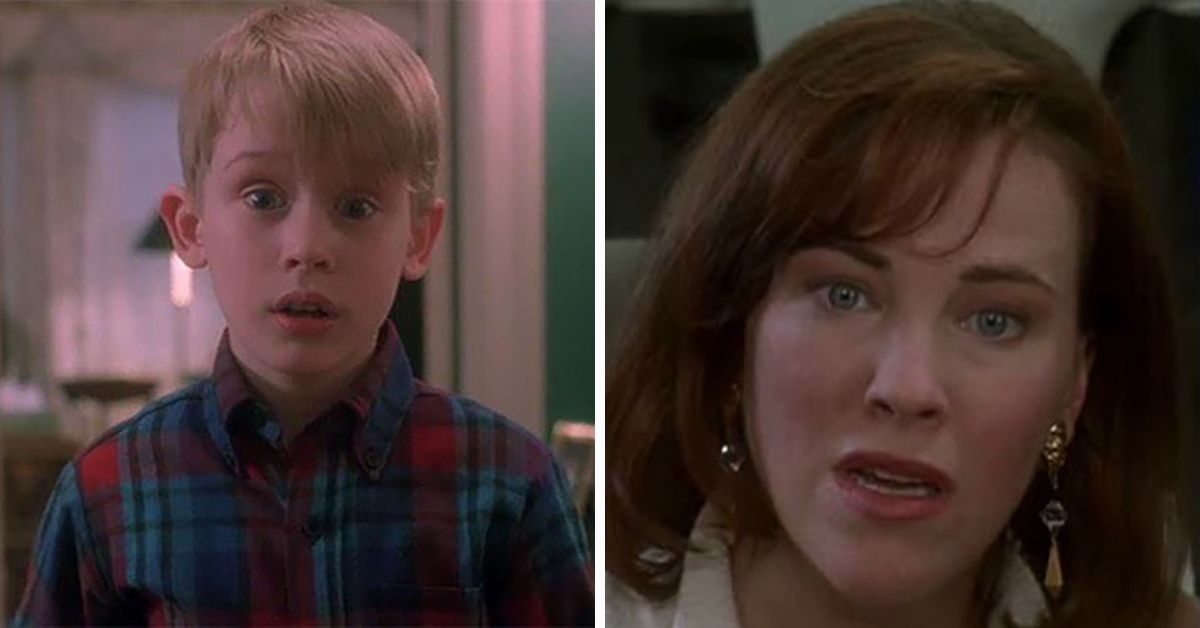
Pop Culture | 80s | 70s | Retro
Old Technology Still Used In Schools Today

Many college students today take it for granted that technology is there for them. It is the way that many of us have grown up. The Industrial Revolution and the technology revolution has been in existence for over a century, with IBM having been a unique business since just after the Great Depression.
Still, every good school goes by the mindset that if it isn’t broken, don’t fix it. So we are still seeing a lot of old technology still used in schools today because it works. Learn more about some of those tools here.
The Fax Machine
The fax machine, a machine that produces facsimiles of information, is a device that uses telephony operations to copy material from a printed sheet of paper and transmit that copy to another machine that will print that information. Although many older people associate that invention with the 1980s and 1990s, the first was invented in 1843 by Alexander Bain.
He procured a patent for his invention that used electric currents to print and send telegraphs using older telephony lines and signals. The fax machine is still used today as a glorified telegram producer by schools, Fortune 500 companies, and businesses all over the world.
The Digital Audio Tape – DAT/R-DAT
The Digital Audio Tape (DAT) or Recordable Digital Audio Tape (R-DAT) looks like an everyday cassette tape you would pop into a machine and listen to, but it isn’t. This tape records and plays back data on a cassette of magnetic tape. It is one of the first kinds of digital recording tools and advanced the world of analog recording into a field where techs saw that digital information could be stored externally.
The recording and playback machines looked like a tape recorder that you would plug into the computer, much like you would plug in a USB flash drive today. It would store a very small amount of information but worked all the same. This data and its innovation was rare and exceptional, and there are still people that have data stored on these cassettes that haven’t been transferred over to a more modern format. In many cases, the format is not compatible with today’s devices. However, in computer and science laboratories that haven’t updated their devices or technology, you are still going to see them used today.
The LaserDisc and Compact Disc
From the DAT technology erupted the compact disc or laserdisc, out of necessity. Floppy discs came next, which in many schools are still used today. Compact discs came next and laser technology was developed to store more information. They say necessity is the mother of invention, and in the case of the compact or laserdisc, more space to store greater amounts of information was needed in schools, labs, and companies.
Cue the laserdisc which first came into effect in 1978 but couldn’t be used in a widespread mainstream way because it was too expensive to maintain. Not only were the discs expensive, but the machines to use them on were as well. Eventually, tech developed such that these became a way of life, but they are still difficult to read on and write on in a practical way. We now store data in a much more concise manner, but CDs with data on them are still used all over the world on a daily basis.
The Overhead Projector
Many a student today takes it for granted that they can walk into a classroom and flip open a tablet and see something on the smartboard in front of them. However, we still live in a world where not every school or student can afford this technology. So we still have overhead projectors.
This is a classic piece of technology where light is beamed in two directions, first on a piece of information printed on clear acetate material, which is then beamed onto a chalkboard or screen to teach from. Some students may groan, but many professors and teachers like that they don’t have to reprint their lessons every single year unless the data has been updated.
Near Field Communication Technology
Near-field communication, or NFC, is a type of technology that gets us closer to the smartphone. This is a technology that Thomas Edison first conceptualized by using radio-frequency identification (RFID) and a shorter-range communication technology. Edison used it with radio, today we are using it with telephony operations.
Charles Walton, in 1983 took the tech a little bit further, and ultimately Sony and Nokia caught on and began using it to develop the mobile phone with NFC tags that can share information such as photos and music. Today, some companies still use NFC, while others only support it. Apple, for example, can read NFC tags through programs such as Apple Pay. This tech is important in colleges today for everything from payment methods to checking out library books and even monitoring Grade Point Average of students.
Bluetooth
Even older folks that know Bluetooth think that it is a fairly new invention, but it isn’t. Bluetooth technology allows devices to communicate or pair with each other, and it was first found in 1997 in Adalio Sanchez’s IBM ThinkPad. Prior to that, Bluetooth was attempted to create wireless headphones in Sweden, and development continued into the late 1990s for mainframe computer systems.
Today, we are using Bluetooth for wireless headsets, watches, speaker systems, and more, and so are schools all over the world.
Learn More About Technology
When you are looking at old technology, think ahead to where it is still being used today. There may be more old-school tech around you than you think.



